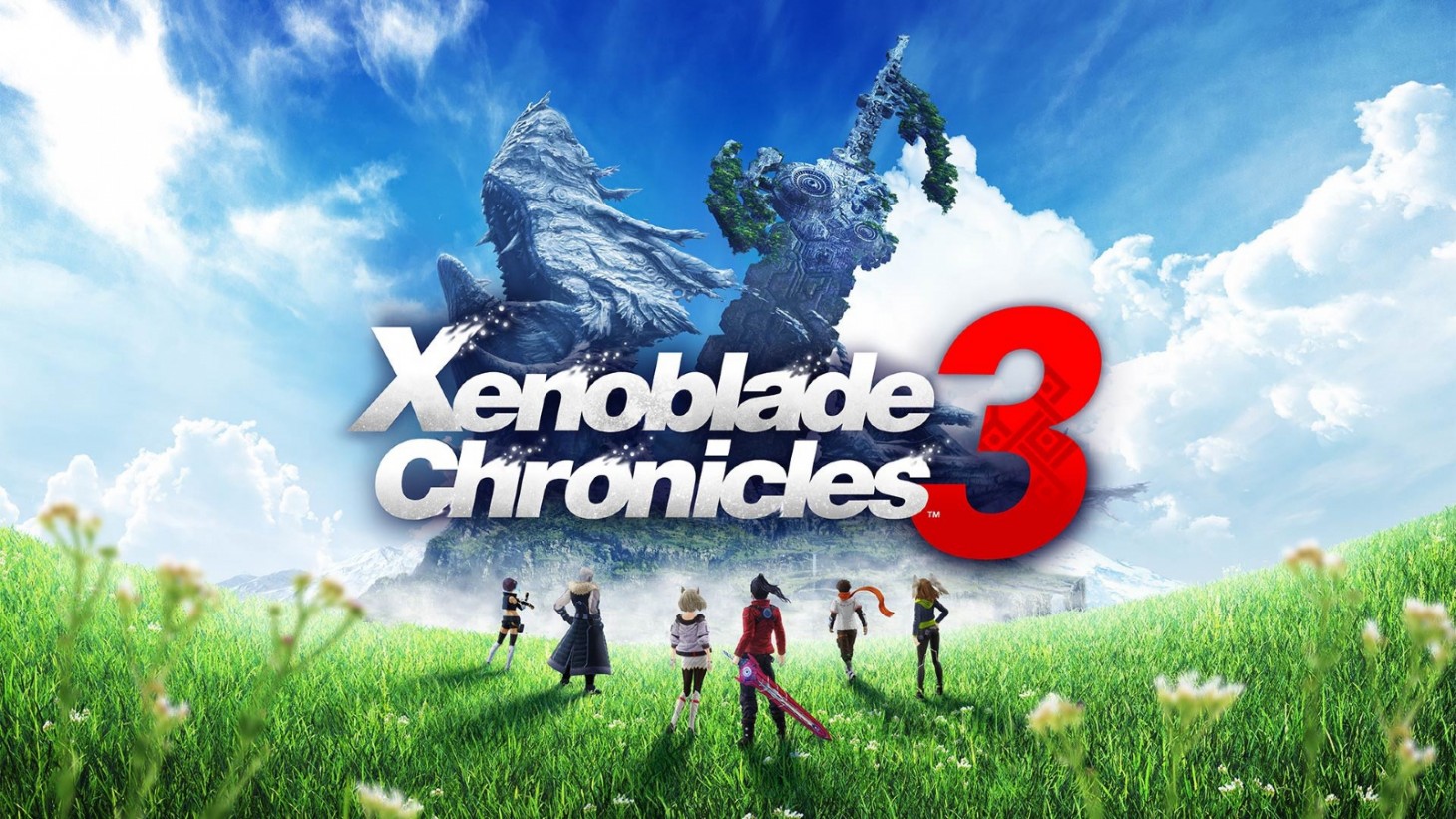Xenoblade Chronicles 3
When Xenoblade Chronicles 3 was announced during the February direct earlier this year, it was even more of a surprise to hear that the game was scheduled for a September release. Just as soon as fans anticipated its release, the news was revealed that the game would be released earlier than planned. After many anticipated months and drama involving Special Edition scalpers, Xenoblade Chronicles 3 was finally released on the Nintendo Switch, five years after Xenoblade Chronicles 2.
My history with the Xenoblade series was only Xenoblade Chronicles 2, but I was familiar with the Xeno franchise since Xenosaga in the 2000s. Following Nintendo's acquisition of Monolith Soft from Bandai Namco, the Xenoblade series was born on the Nintendo Wii in 2010 with a recent remaster on the Switch. It is now possible for fans of the series and newcomers alike to enjoy all three games in the series, but I mentioned XC2 before. How does this latest entry compare to the previous one?

The environments in XC2 and XC3 is vastly different from each other. In XC2, the game centered around Rex, a salvager who finds a sword known as the Aegis and befriends the personification of the sword, Pyra. Rex is portrayed as a happy-go-lucky character who stands up for others and protects them while admittingly not being the best at combat due to inexperience. He is a treasure hunter after all, which sets up to how different XC3 is in comparison.
Xenoblade Chronicles 3 begins with the player in the heat of the action, pitting two warring nations against each other. The protagonist, Noah, leads his unit in the battle, immediately thrusting the player into the gameplay. One thing that frustrated me about XC2 was how much of a slow burn the game was. Sure, it had an interesting premise with characters and settings, but it takes a while before anything gets anywhere. In contrast, the "story beginning in the middle of a war" trope sets the tone for the rest of the game by far.

Noah and his unit are soldiers who are genetically engineered to live a total life span of ten years. Upon lasting the full ten years, they are honored in this ceremony called "Homecoming," where they dissolve into the aether and "return to the Queen" they serve. This is explained through cutscenes that detail Noah's past, meaning XC3 occasionally bounces between the past of his adolescence to the present. Filling the stoic protagonist trope with the "hates war but understands it's a necessity" ideology, Noah is different from Rex in almost every way.
The gameplay is similar to XC2 yet it's far easier on the eyes in terms of its UI. The game's tutorial does a far better job at explaining basic battle mechanics to the player. It even comes complete with a "drill mode" that allows players to recap important tidbits in real-time. While I didn't get up to the "Ouroboros" mechanic in my first impression, it hits all of the notes found in the previous game in a fraction of the time.

There's an expansive open world that connects major towns and settlements together followed by enemies of different types and levels. Xenoblade Chronicles 2 players will remember the gorilla-like enemy that was in its 40s compared to all the low-level monsters. I'm happy to say there's a return of high-level enemies mixing with low-level ones, exercising caution to the player who dares to challenge them.
By the time I reached the settlement, I enjoyed my time with Xenoblade Chronicles 3. The story for this game is on the mature side, which isn't to say the previous game didn't have its dark moments of course. XC3 felt different as from the very beginning, the player is introduced to this war-torn state where survival isn't guaranteed. Even if you survive, you live to fight and your reward is death. While the game states that our heroes are meant to find the truth behind this vicious cycle, this is a wonderful way to get newer players on board with a promising product.

Xenoblade Chronicles 3 is now available on the Nintendo Switch.

